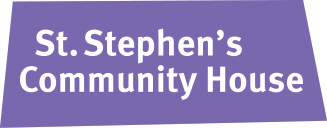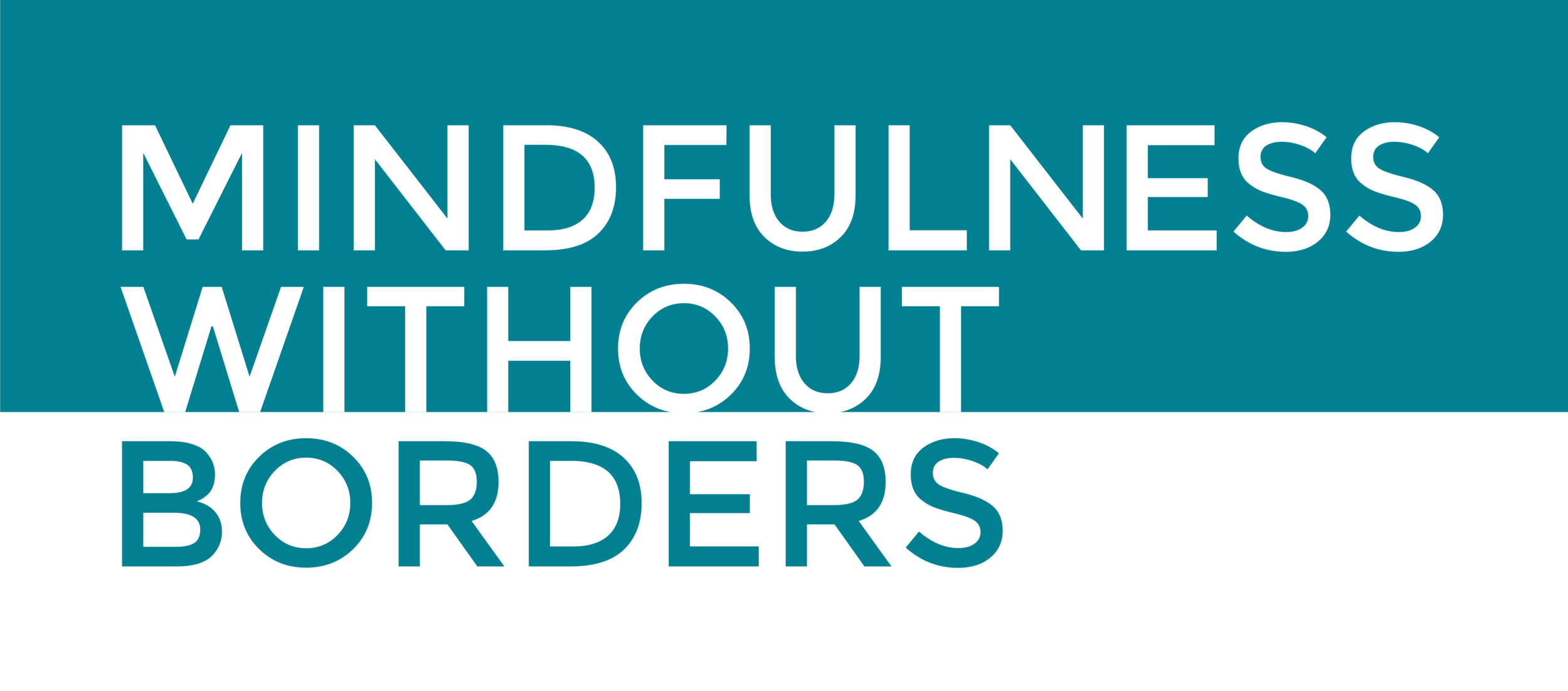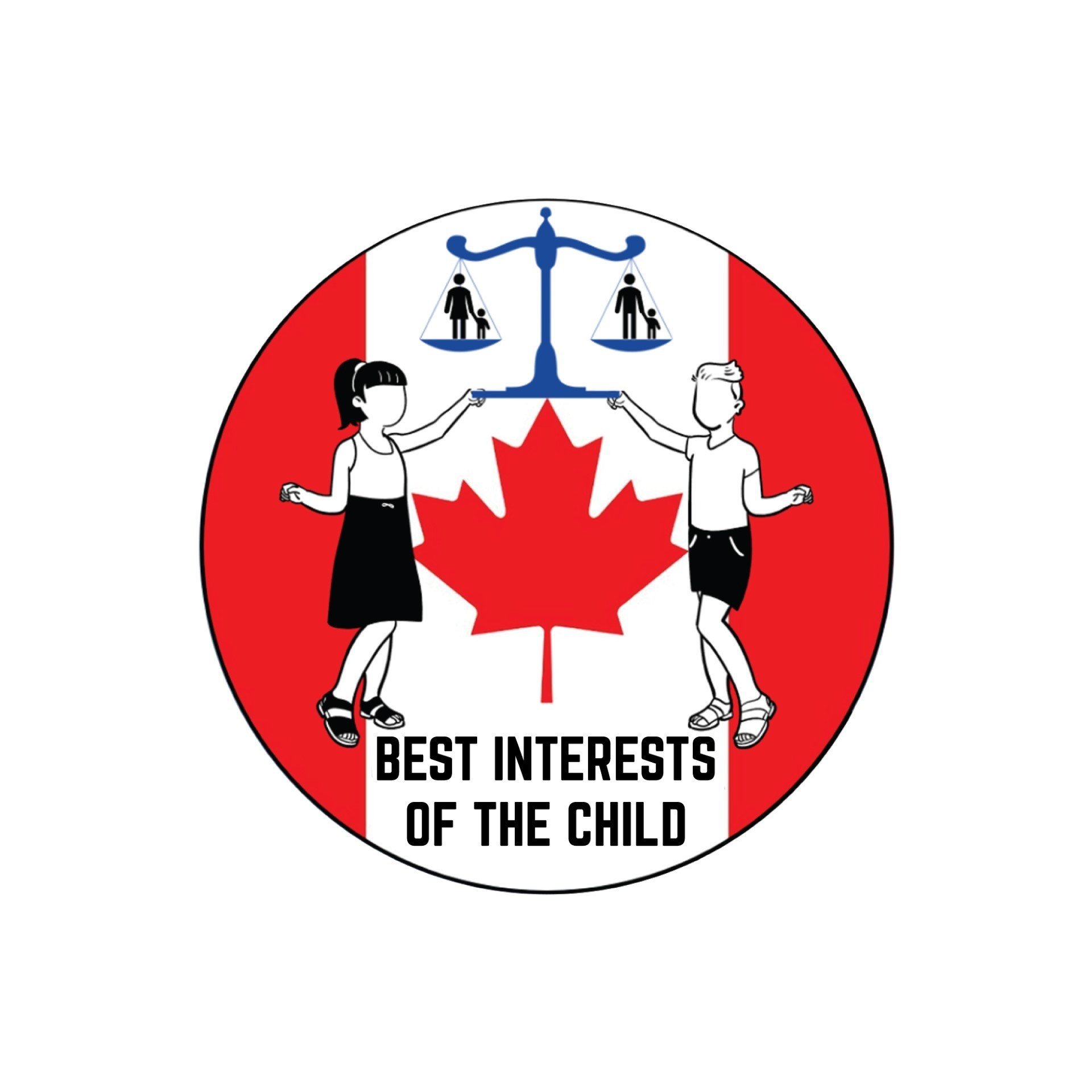Last month’s blog looked at “learned helplessness”, a kind of paralysis which can take over a person’s life in response to overwhelming stress. Martin Seligman, the researcher who first named the condition noted its association with pessimism along with a high risk for PTSD and depression.
He used 3 Ps to explain why people give up after being knocked about by life. They come to believe:
1. Adversity will always occur (is Permanent);
2. It will occur in all areas of life (is Pervasive) and
3. They are powerless to change it (is Personal).
This month, the good news. Martin Seligman, who coined the term “learned helplessness” also came up with the concept of “learned optimism”.
Really? Can optimism be learned?
Most mothers will tell you their children were born with either a cheery or fragile disposition. To some extent those traits are hardwired. Yet despite inborn temperament, the evidence is conclusive. Humans have the capacity, with effort, to adjust their disposition and enhance their own well-being. https://en.wikipedia.org/wiki/Learned_optimism
Seligman’s model presents a 5-step ABCDE sequence. Here’s how it might work in the case of Bridget, who I introduced last month. A single parent, she was overwhelmed with having to work, manage the house and monitor her children’s schooling in a pandemic
1. Adversity: she’s feeling stuck and overwhelmed, yet hasn’t reached out to her mother or best friend.
2. Belief: she predicts her mother and best friend will give unwanted advice and react impatiently to her complaints. She fears they don’t really care about her.
3. Consequence: the result of these negative beliefs is that she remains isolated, unheard and lonely and feels powerless to help herself.
Steps A, B & C present the dilemma. Points D & E outline what Bridget can do to overcome her feeling of helplessness.
4. Dispute: She challenges her assumptions, asking herself how certain she can be that they’ll respond the way she fears. She brings to times her mother and friend were attentive and helpful. She realizes she can’t really know how they will respond if she calls.
5. Energization: she begins to feel hopeful, that it may be worth reaching out. She notices that she’s still nervous. She’s vulnerable. It will take courage to phone – to share her pain and uncertainty. Only one way to find out - she picks up the phone.
The goal isn’t a quick fix, but to help empower Bridget to think about the situation differently. She can more energetically assess her options and thereby act to improve her mental health.
In his bestselling book Learned Optimism, Seligman suggests that people suffering from learned helplessness pay attention to the underlying thoughts that influence their emotions and behaviours and actively challenge their own hasty conclusions. His technique is a variation of Cognitive Behavioural Therapy (CBT)
Seligman is NOT claiming we should always be optimistic. He recommends Balanced optimism, deciding NOT to choose an optimistic prediction if the risk of being wrong would be catastrophic. For example, Bridget might consider quitting her job on the optimistic prediction of winning the lottery. If the prediction is wrong, she could end up homeless, so optimism wouldn’t be wise. With respect to calling her mother or friend, however, the risk of being wrong would be no greater than a difficult conversation. It therefore makes sense to make the call.
Next month’s blog looks at “The Upside of Stress” by Kelly McGonigal. Her research concludes that meaning and purpose are enhanced by changing your relationship to stress – by choosing to make discomfort meaningful rather than trying to avoid it – and provides tips on how doing so can empower you to be strengthened and enriched by stress.
ABOUT THE AUTHOR
Mike MacConnell, founder of Reflective Mediation, is an accredited family mediator, conflict coach, educator and author. He is the highest-ranked mediator on Google in the greater Toronto area, with over 180 5-star reviews. To book your free consultation click here.












